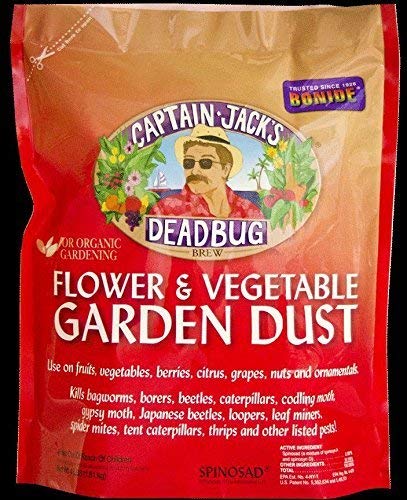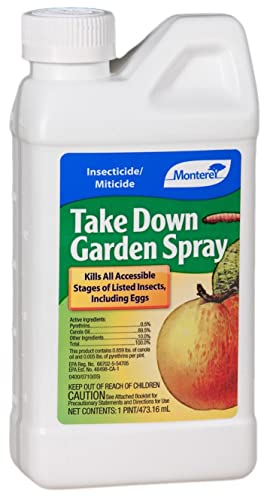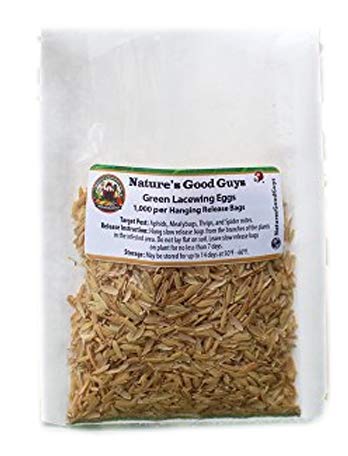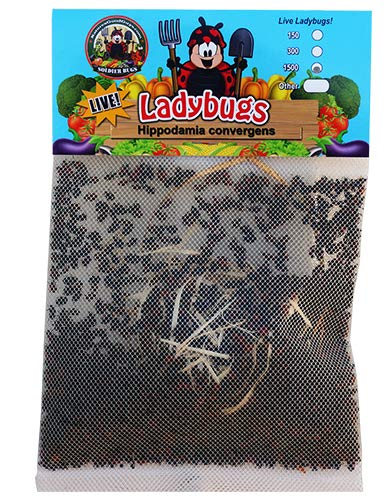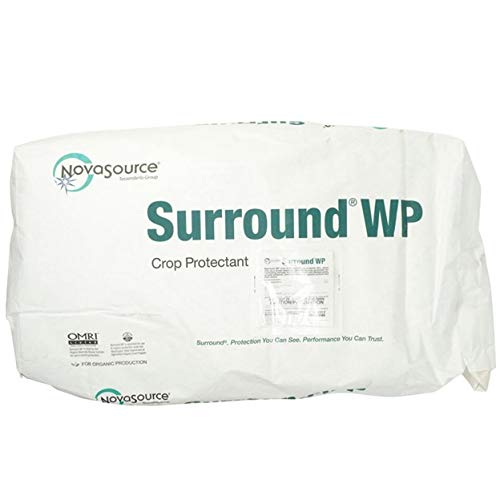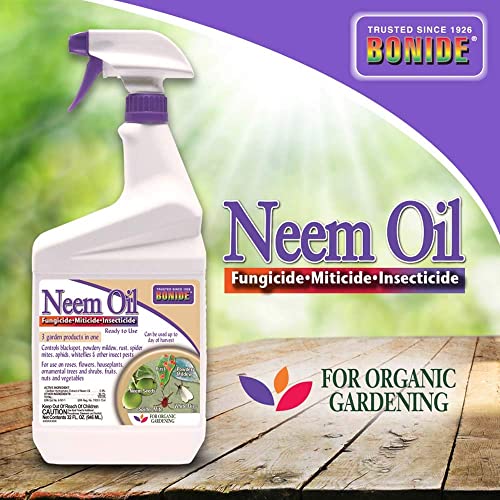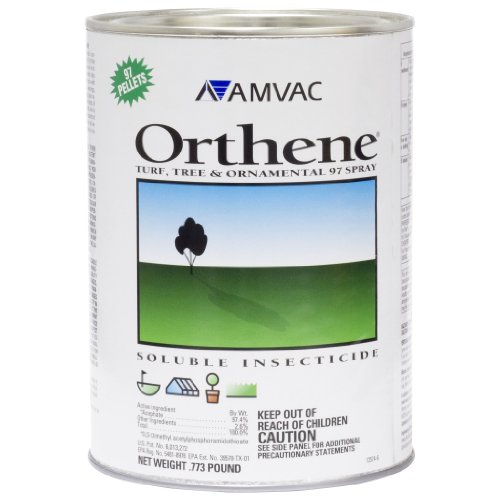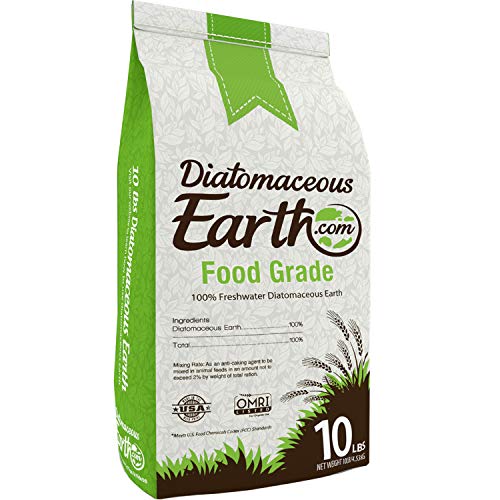The word “Leafhoppers” is widely used for the species belonging to the Cicadellidae family that comprises of around 20000 listed species dispersed around the world. Adults in the family are squeezed, stretched out, and somewhat deltoid in shape. They can jump and fly off making short flights if disturbed. Their feeding on the leaves is usually observed in the form of groups where they are found on the variety of flowering plants, vegetables, fruits, turf grasses and shrubs including herbs and deciduous trees. They are sap-sucking pests and associated with plant injuries and transmitting viral diseases to healthy plants that cause yellow and clear spots, stipping on the upper surface of the leaves. These spotted or stipped leaves may fall during the premature phase. Some leafhoppers also cause stunting & curling of the leaf margins of the injured leaves that may die. Let’s check in some quick remedies how to get rid of leafhoppers on your gardening plants.

How to kill leafhoppers on your gardening plants
#1 Monterey Take Down Garden Spray (Chemical – Editors’ Choice)
Take Down Garden Spray contains natural pyrethrin (0.5%) and Canola Oil (89.5%) in its ingredients. It is highly effective against all stages of the pests damaging the foliage of your lovely plants in the edible garden. Being in the organic listing, no harmful effects reported so for on all edible greens while you have the liberty to use it on fruit trees, vegetables, indoor and ornamental plants without any hassle and without fearing from the residual effects. Its highly promising against all developing stages of pests including eggs, larva, and adults of leafhopper cabbage, tomatoes, and lettuce. Pyrethrin is a contact poison that can be used until the day of harvest.
Pyrethrin performs excellently when applied to the first appearance of the leafhoppers on your garden plants. Add 2 ounces in 1 gallon of water and spray using a mist sprayer in the evening. Keep sprayer shaking while you are spraying on the plants.
#2 Nature’s Good Guys Green Lacewing 1,000 Eggs (Natural – Editors’ Choice)
Biological controls are getting popularity among the home gardeners because of the potential human health threats associated with the systemic insecticides and their residual effects. Green Lacewing eggs containing sachets are hanged in the gardens at some protected and shady place. Usually, eggs hatch in about 5 days into the larva that can pupate to live for 40-45 days to become an adult. These adults scatter on the plants in the garden and live on the eggs of the leafhoppers. If all of the pests are eaten up, Green Lacewing lives on the pollens of healthy plants.
Green Lacewing 1000 eggs are sufficient to be released for 200-250 square meters in your open garden.
#3 1500 Pre-Fed Live Ladybugs | Hippodamia Convergens
Ladybird Beetles are wide-ranging hunters that forage on a variety of sluggish insects while they are notorious for feeding on aphids along with feeding on a variety of leafhoppers’ adult and larval phases including their eggs. Ladybug adults might be bright red, reddish-yellow or orange having black markings on their backs. The larva is usually black having visible legs and orange spots on the back. upon release, pre-fed adult bugs must mate and lay eggs within 10 days. It takes 3-4 weeks to become an adult in summer and 2 weeks more in spring. Both Larva and adults feed on eggs of leafhoppers heavily.
Green Lacewing (Hippodamia Convergens) do well in around 250 green covers in your edible garden.
#4 I Must Garden Insect Control
This insect control contains all-natural ingredients peppermint oil, thyme oil, rosemary oil, and garlic and is without mineral oils so there are no chances of residual effects on your garden greens and is effective in repelling and killing leafhoppers along with aphids, scales, gnats, and whiteflies. Peppermint (1.16%), Garlic (0.27%), Thyme (0.09%), Rosemary (0.07%) and Ascophyllum nodosum make it a superior formula along with Fish oil, citric acid, Xanthan gum and sodium chloride that is highly toxic for the variety of gardening pests on Vegetables, fruits and ornamental plants including roses.
Its purely organic formulation and can be used until the time of the harvest. Moreover, no need to make its mixtures or solution. Simply pick the bottle and add it into the mist sprayer to cover undersides of the leaves in the upper and middle foliage.
#5 Insecticide Organic Surround WP
Surround WP is an organic crop protectant that works in 4 different ways. The product contains calcined kaolin (95%) that shields against sunburn, drop canopy temperatures to trigger photosynthesis and it shelters and disguises the plant from the pests and in doing all this, it avoids disease spread by insect routes. Depending on the coverage, weather and speed of the plant growth, successive applications may be mandatory in 4 to 15 days. Because it provides you the option to monitor its visible film on the surface of the leaves with the passing time and you can decide better when to reapply this thin shield on the foliage.
Leafhoppers or any other insect wouldn’t be able to feast on your favorite plants after you apply a thin film of Surround WP on the surface of the leaves. Moreover, you have the liberty to use it on all edible stuff including vegetables, microgreens, fruits, and herbs along with its use on ornamental plants in your garden.
#6 Bonide -Neem Oil, Insect Pesticide for Organic Gardening
Neem Oil is a wise choice to be used in organic gardening to control infestations of the variety of insects and diseases including potato leafhoppers, soft-bodied insects and powdery mildew. It contains Azadirachtin that is highly effective against all 3 stages of leafhoppers.i.e. eggs, larva and adult while gives promising results if a repeated application is managed in 7 to 10 days.
Add 1-2 ounces in 1 gallon of water and spray using a high-pressure hand-held mist sprayer on the upper and lower surface of the leaves for best results. Shake concentrate bottle well before every mixing.
#7 Bonide-Insect Control Systemic Granules (0.22% Imidacloprid)
Systemic products are meant to be used on non-edibles only due to residual effects that last for several days while in the case of this product it contains 0.22% Imidacloprid that keeps its residue for 60 days. It only suits your outdoor ornamentals garden and roses or showy hedges for the landscape purpose. Anyhow, it is highly effective outdoor for all flying and sucking pests including leafhoppers damage on plants and whiteflies to take control for 60 days.
Simply spread these granules near the stem of the ornamental plants and roses and water them. The active ingredient is absorbed by the roots that are transported to leaves while they become poisoned to deter all types of leafhopper’s infestation of the plants. The product label also mentions the clear warning about its usage restriction on the edible plants.
What are leafhoppers?
Leafhoppers have extended, wedged bodies and a little bit tri-lateral if seen from upwards. They constitute one of the extreme plentiful plant damaging species that are greater than all existing species of reptiles, amphibians, mammals, and birds in this universe.
Their sizes range between 1/8th of an inch to half an inch that may have multi-colored body patterns and shapes depending on species which varies from bright yellow to green and grey including color marking on their bodies. Wingless Nymphs are often similar to adults in the same species. Both adults and Nymph’s feeding is seen on the undersides of the leaves. They are slim with rough head and wedged wings over their bodies while hind legs with four rows of small spines. Leafhoppers are adaptable to tropical, subtropical and temperate climatic conditions where they are found in wetlands, forests, deserts, grasslands, and backyards. Their common predators include but not limited to: birds, spiders, and lizards in the open forest.
What do leafhoppers eat?
Leafhoppers eat nothing but feed on the sap of the variety of the plants by using their mouthparts called Stylus. They insert their stylus into the soft tissues on the undersides of the leaves. This sucking habit causes stipping on the leaves that are visible even in the uppersides of the leaves. The leaves stipping is caused by sap removal from the phloem and xylem tissues and injecting some toxins that are associated to bring viral infestation on the affected plants. Stipping leads to marginal chlorosis and browning of the injured leaves that may fall permanently from the plants. Leafhoppers are also associated with the transmission of some viral diseases along with inviting molds due to their salivary fluids on the surface of the leaves.
Some species are also host specific as they primarily feed on specific plant species such as Rose leafhoppers live on roses the same is true for apple and Potato leafhoppers but they can be found on a similar type of plant foliage that resembles their specific hosts.
Life Cycle of leafhoppers
Overwintering is often in the shape of eggs in plant debris or unattended hiding places in any corner of the garden. Most of the egg-laying takes place undersides of leaves, plant curvatures and near the main stem in the soil. Nymph hatch in around 10 days under favorable conditions in spring or summer and feeds on the tender leaves. Nymph develops into an adult in 2-4 weeks. There may be 1-6 generation in a year depending on the temperature and humidity around.
What are white leafhoppers?
White leafhoppers are in fact white apple leafhoppers that are frequently found in the Pacific Northwest in the US and caused considerable damages to apples in the mid-’70s.
They are native to North in the US causing significant loss to the apple & fruit growers. It is also prevalent in cherry, peach, and hawthorn. Its life cycle, habitat, and, damages are similar to other commonly found leafhoppers in the garden.
How to control leafhoppers on outdoor plants?
#8 Orthene 97.4% Acephate Systemic Soluble Insecticide
Orthene contains acephate(97.4%) in the pallets form that is water-soluble. It relieves you from the headache of making a solution or spraying on the outdoor plants. This product kills leafhoppers through contact and systemic action anyhow it is not recommended for the edible plants in your garden. It may keep its residual effect for 21 days and is exceptionally strong against all chewing and sucking garden pests.
Systemic insecticides are absorbed with water through roots and poison the overall plant foliage that doesn’t let leafhoppers to infest & damage your outdoor plants, hedges, and roses.
Place these pallets near the stem of the plants and water them so they are dissolved to perform their action.
#9 Diatomaceous Earth (DE) Food Grade
DE is a non-chemical method to control and kill leafhoppers that damage your edible garden and trusted by the majority of the gardeners around the world. Organic, physical and natural ways to kill pests before they increase their infestation on your vegetables, fruits, and microgreens including herbs and ornamental shrubs. DE comes from the tiny, plankton deposits and contains small tiny pores. Once leafhoppers or other pests get entered into tiny pores, they wouldn,t come out alive for sure. This causes dehydration at the spot and they become dead.
Thinly spread DE on the surface of the leaves feared to be attacked by the leafhoppers or other pests of similar nature, it will do the rest of the things.
How to get rid of leafhoppers organically?
Use a pressurized water sprayer to wash undersides of the leaves where leafhoppers hide normally. Work on increasing the presence of predatory insects and wasp that feed on leafhoppers and other garden pests along with inviting pollinators that are habitual to pick them as feed. Sticky traps and insecticidal soaps are also among the excellent strategies to keep their infestation in good control while Pyrethrin, Spinosad and Neem oil are the best organic sprays that keep them in control. One of the best product in the Spinosad category is;
#10 Captain Jacks Deadbug Flower Vegetable Garden Dust
This Garden Dust contains Spinosad in a 0.001% ratio that is highly effective if you are interested to get rid of leafhoppers organically on your garden plants. Spinosad comes from a naturally happening soil bacteria that stops feeding of leafhoppers, whiteflies, aphids, and other foliage damaging pests. Their tendency to restrain them from feeding on foliage dehydrates their bodies leading them to kill.
Sprinkle a thin layer of Garden Dust on the foliage of your edible plants and wait for the Spinosad to do its trick. You may notice some leafhoppers after you are done with a sprinkle, don’t worry, they have terminated feeding and may survive for an hour or two.
